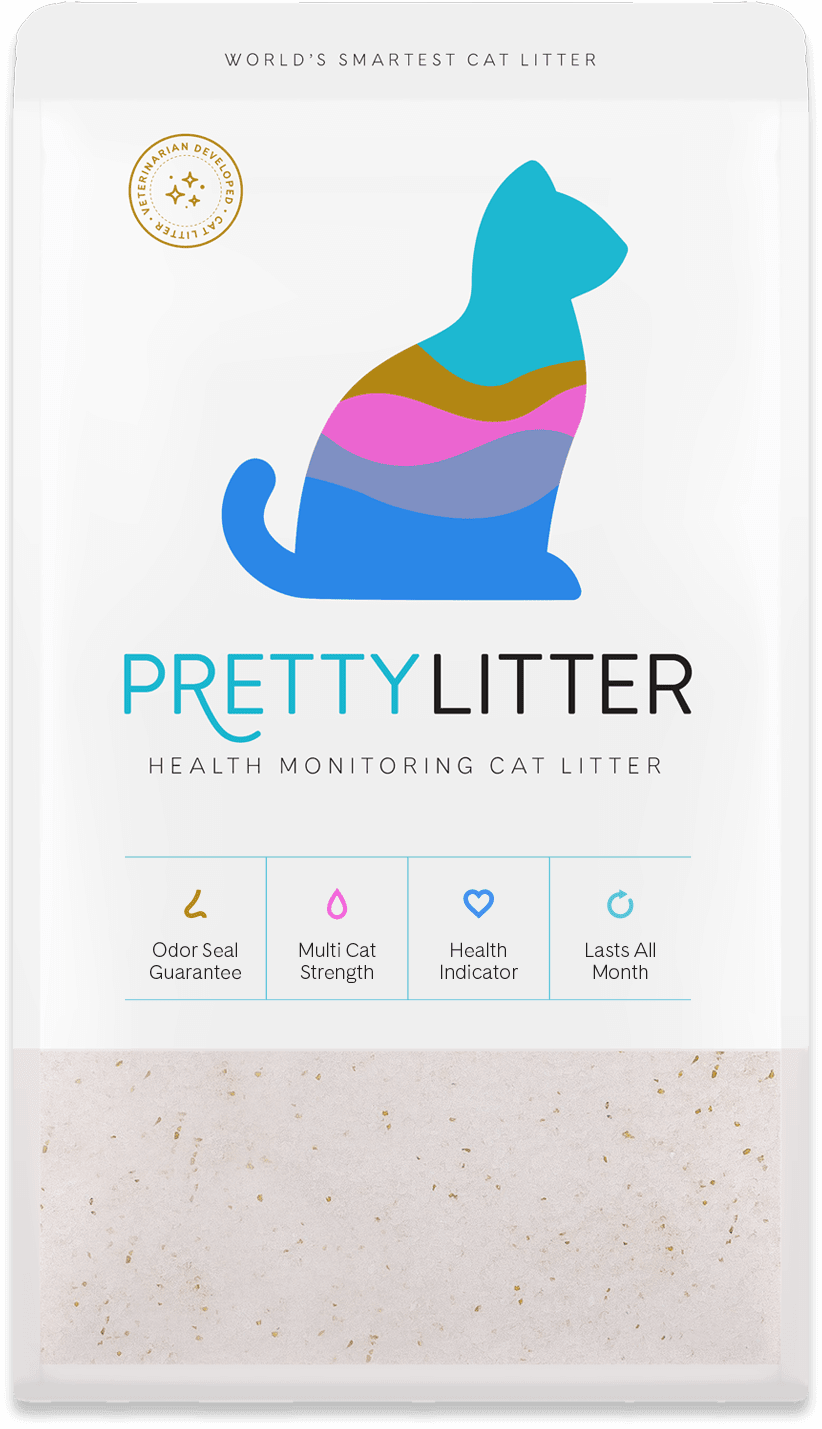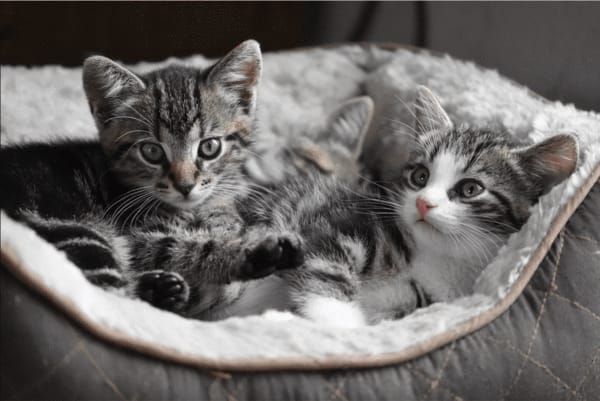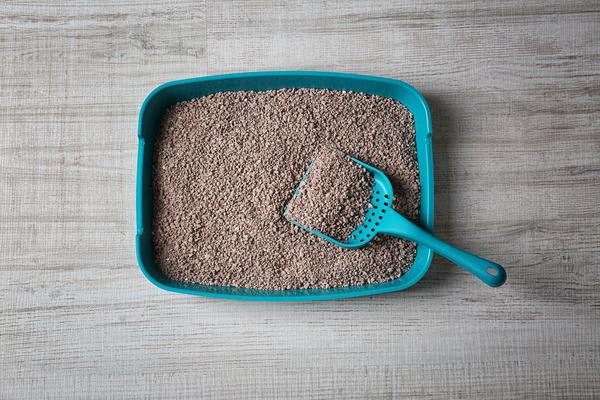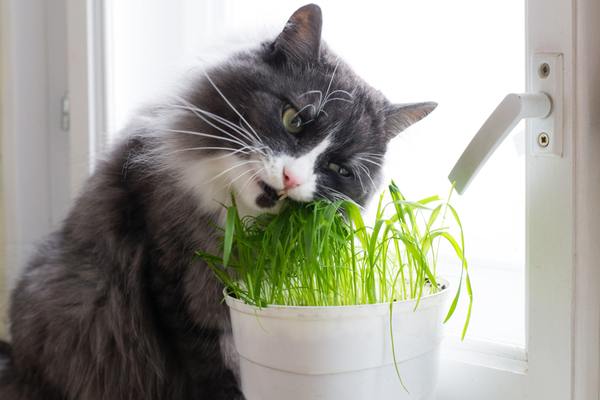September 21, 2025 |7 min read
Understanding Cat Scent Glands and How They Work

Written by

Cats have a way of communicating that goes far beyond meows, purrs, and tail flicks. One of their most fascinating forms of expression comes from something we rarely think about: Cat scent glands are hidden in plain sight, but they play a vital role in how cats connect with their surroundings, with each other, and with us.
What Are Cat Scent Glands?
Cats may look graceful and mysterious, but underneath that silky fur is a secret messaging system. Scent glands in cats are tucked away in specific spots on their bodies: around the face (especially near the cheeks, chin, and lips), along their paws, and even near the base of the tail.
These glands release pheromones, which are natural chemical signals cats use to send out silent but powerful messages. Think of it as their own invisible language, an unperceivable way they say, “This feels safe,” “This is mine,” or even “I like you.” Their sense of smell is far stronger than ours, which makes these scent cues incredibly meaningful in their world.
Cat Litter That Prioritizes Their
Health & Your Happiness.
to get your first bag for only $14.99
3 Ways Cats Use Their Scent Glands
For cats, their scent glands are like a multipurpose tool. They help with everything from marking territory to strengthening social ties.
-
Expressing Affection
When your cat rubs their face along the corner of the couch or presses their cheek against your hand, they’re not just being affectionate; they’re also leaving a chemical “hello.” This comforting scent tells them, “This space is familiar and safe.”
-
Marking Territory
Scent-marking is also part of how cats avoid conflict. By leaving behind their own unique chemical calling card, they signal to other cats that a spot is already “claimed.” It’s less about aggression and more about keeping the peace.
And those kneading paws? Beyond being irresistibly cute, paw pads contain glands too. Every step or scratch on a post is another way your cat blends their scent into their environment, wrapping their world in a layer of reassurance.
-
Bonding with Other Cats
Cats even use scent to bond with each other. In multi-cat homes, you might notice cats grooming one another or rubbing together. It’s both sweet and practical. By sharing scents, they’re creating a group identity and a way of saying, “We’re family.”
Why Cats Rub Against People or Objects
If you’ve ever wondered why your cat rubs against the leg of your dining table or your own legs, for that matter, you’re seeing their scent glands in action. When a cat leans in with their cheek or chin, they’re leaving behind pheromones that act like a personal stamp of ownership. It’s their way of saying, “This belongs in my world, and it makes me feel safe.”
This behavior extends to people as well. When your cat nudges your hand with their face, it’s more than a plea for head scratches. They’re actually mingling their scent with yours, which helps strengthen your bond with your cat. It’s one of the most genuine compliments a cat can give.
How Scent-Marking Is Tied to Comfort and Routine
For cats, routine is everything, and scent plays a big role in creating that sense of stability. By filling their environment with familiar smells, they build a world that feels calm and predictable. This also explains why cats can sometimes be picky about changes in their space, including what’s in their litter box.
Scratching posts also get their fair share of feline fragrance. While we often think scratching is just about claw maintenance, it’s also about leaving chemical signals behind. Those scent glands in cats’ paws release markers that add a comforting familiarity to their favorite places. By observing these behaviors, you can also tell what smells your cat likes and dislikes.
How PrettyLitter Supports Cats
Since cats rely heavily on scent to feel comfortable, their litter box plays a significant role in their daily lives. That’s why PrettyLitter is designed to keep things fresh and stress-free:
- Low Odor – Our formula controls ammonia levels for up to 30 days and eliminates moisture, so you can say goodbye to that litter box smell without overwhelming your cat’s sensitive nose. For households that enjoy a hint of freshness, there are lightly scented options that are subtle enough to keep cats at ease while still keeping your space welcoming.
- Health-monitoring litter – PrettyLitter changes color to help you keep tabs on your cat’s wellbeing. This gives you an early detector, offering insights that tell you what your cat can’t. That means you can talk to your vet sooner if something seems off, potentially saving on costly vet bills through early detection.
- Everyday Convenience – It’s lightweight and up to 80% lighter than traditional clumping clay litter, so no more hauling heavy bags. One bag lasts up to a month, offering 30 days of freshness. All you need to do is scoop the poop and stir for maximum freshness, then refill once a month. Plus, it ships free to your doorstep, so you always have the right amount when you need it.
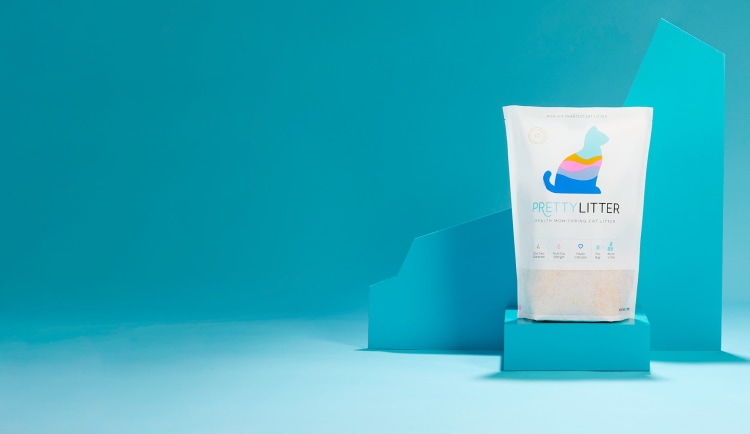
Make Your Cat Feel Safe and Comfortable with PrettyLitter
Cat scent glands might be small, but they hold a big role in your cat’s world. They help your cat communicate, find comfort, and bond with you in ways that don’t require a single sound. Understanding this hidden language not only deepens your appreciation for your cat but also sheds light on why creating a safe, familiar environment is so important.
That’s exactly why the right litter matters. From odor control technology to health-monitoring crystals, PrettyLitter makes the litter box a stress-free zone for both you and your cat. After all, when your cat feels at home, everyone’s happier.
Sources:
- Science Direct. Stress, security, and scent: The influence of chemical signals on the social lives of domestic cats and implications for applied settings. https://www.sciencedirect.com/science/article/abs/pii/S0168159116303501.
- Catster. Cat Scent Glands: Vet Approved Guide on Where They Are & What They Do. https://www.catster.com/lifestyle/cat-scent-glands/
- PetMD. Why Do Cats Rub Against You. https://www.petmd.com/cat/behavior/why-do-cats-rub-against-you
